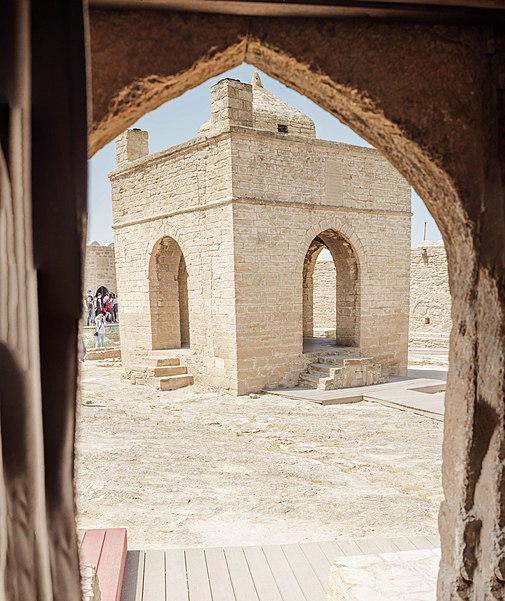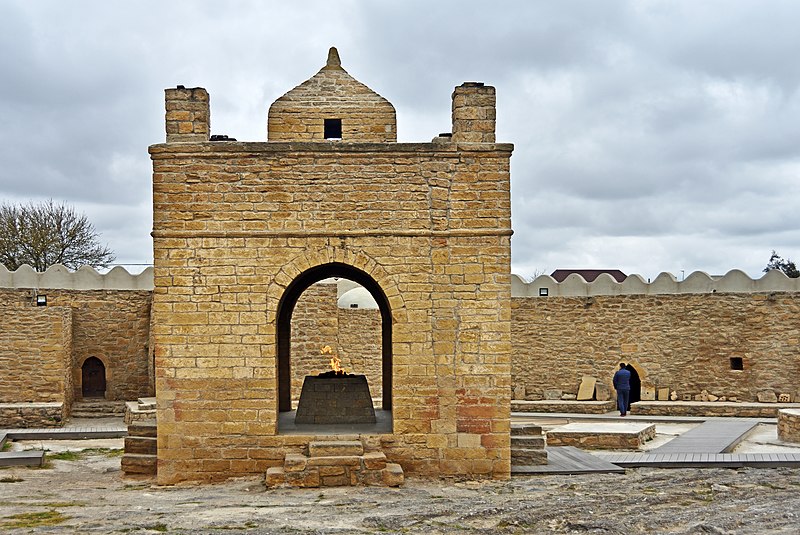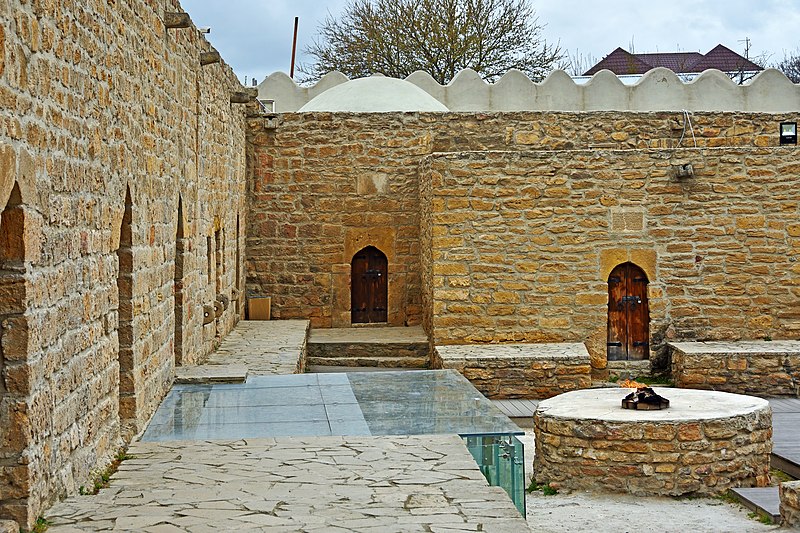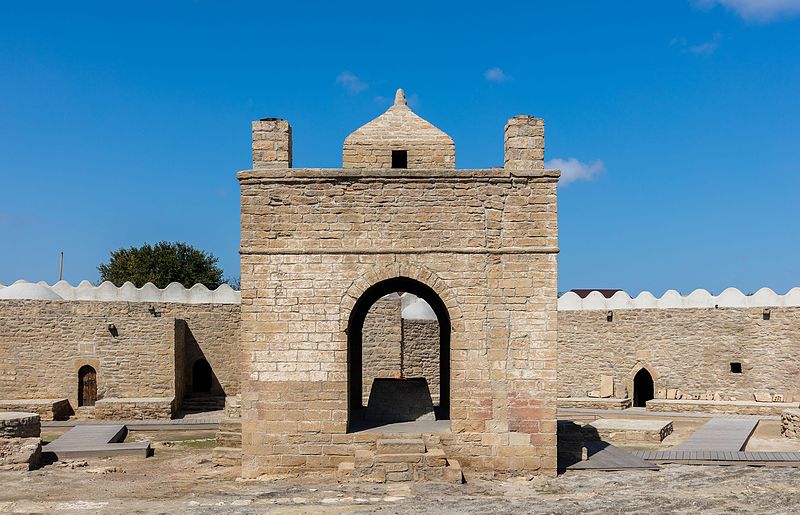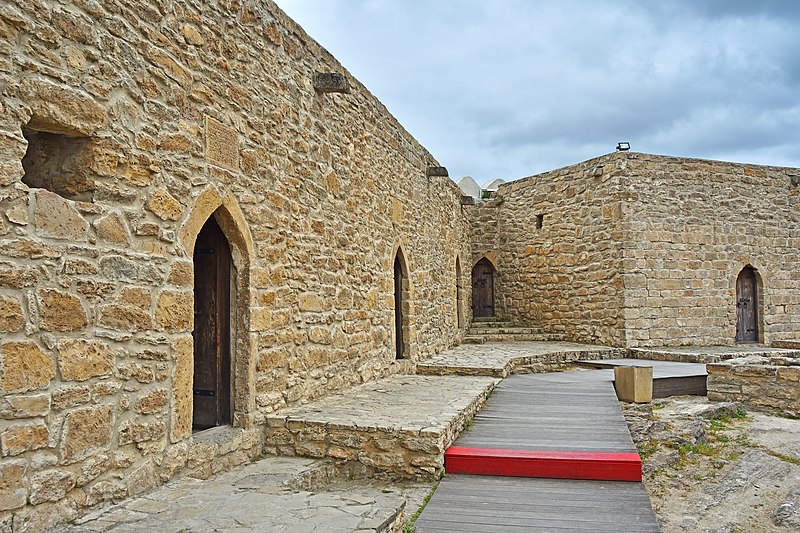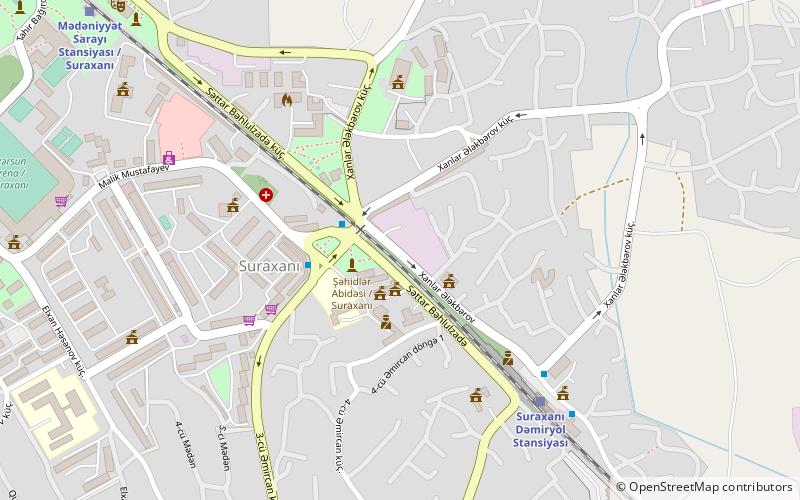Ateshgah of Baku, Baku
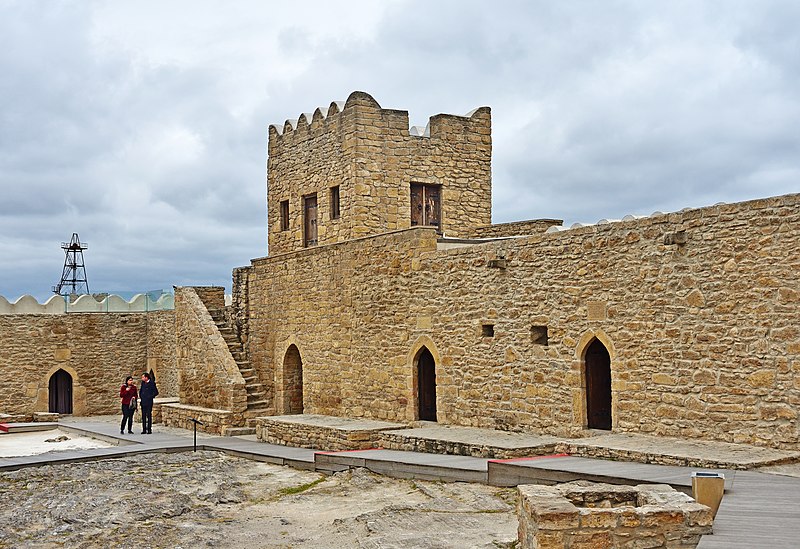
Facts and practical information
The Ateshgah of Baku, often referred to as the Fire Temple of Baku, is an intriguing historical site located in the outskirts of Baku, Azerbaijan. This temple, which is a testament to the region's ancient religious and cultural history, has captured the imagination of visitors with its eternal flames, fed by natural gas seeping through the earth.
Constructed during the 17th and 18th centuries, the Ateshgah was a place of worship for Zoroastrians, Sikhs, and Hindus, who were drawn to the site by the natural gas fires that were considered sacred. The temple complex is built in the form of a pentagon with a courtyard surrounded by cells for monks and pilgrims. At the center of the courtyard, the eternal flame once burned, but today it is lit only for visitors.
The Ateshgah has a fascinating history that intertwines commerce, religion, and natural phenomena. It is located on the Absheron Peninsula, an area known for its natural gas and oil which have been seeping to the surface for thousands of years. Historically, these fires were significant to Zoroastrians, who regarded them as manifestations of Ahura Mazda, the god of fire and light.
The site was abandoned after natural gas supplies in the area diminished in the late 19th century, but it was later restored and turned into a museum. The temple provides a glimpse into the religious practices of fire worshippers and the trade routes that once connected India, Iran, and Azerbaijan.
Today, the Ateshgah of Baku is a UNESCO World Heritage Site and one of Azerbaijan's most popular tourist attractions. Visitors can explore the temple's cells, where carvings and inscriptions in different languages tell the stories of the pilgrims who passed through. The temple also features a museum that exhibits historical artifacts, giving deeper insight into the lives of those who maintained the sacred flames.
Ateshgah of Baku – popular in the area (distance from the attraction)
Nearby attractions include: Murtuza Mukhtarov Mosque, House-Museum of Sattar Bahlulzade, The Petroglyph Museum, Nizami raion.


